Important vestige unearthed at Hai Van Gate site
By DA NANG Today
Published: August 27, 2018
Archaeologists from the National Museum of Vietnamese History have already unveiled findings from a recent excavation on the Hai Van Gate, which sits at the top of its namesake mountain pass located at the geographical boundary between Da Nang and Thua Thien-Hue Province.
 |
| Since April, an excavation has begun on an area of around 900m2 on the Hai Van Gate. As a result, the remains of architectural vestiges of the Nguyen Dynasty on the Gate have been unearthed. Included were stair steps, the entrance paths to the site, sections of the foundations of a warehouse, and working and living houses for proconsuls. |
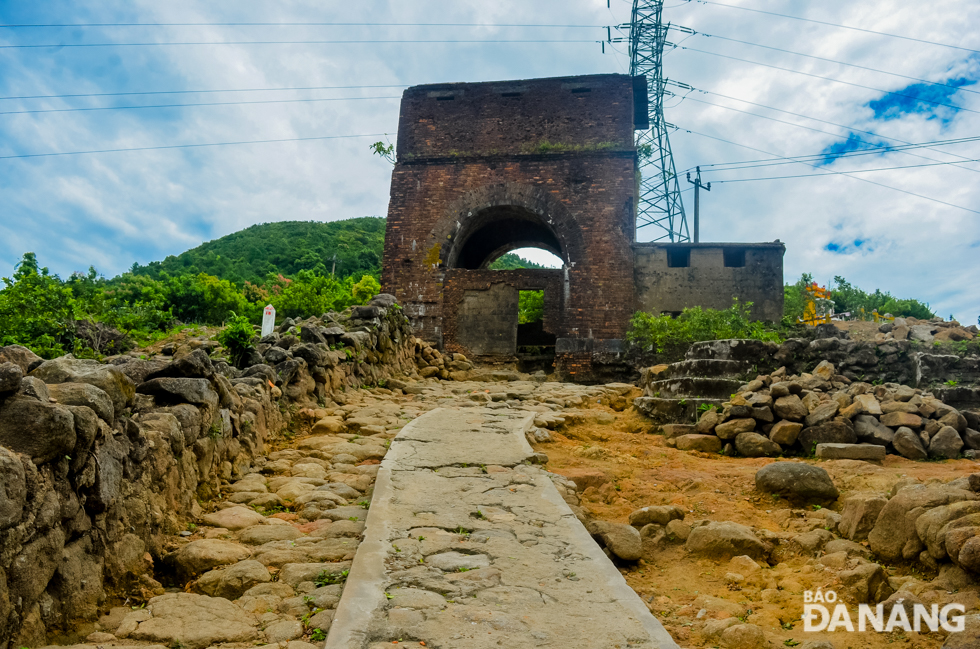 |
| The archaeologists discovered remains of the base level foundations of 1826-built two entrances– at north and south – which were either changed of structure or damaged during the war (1946-1975). The entrances are 7.9m wide, 6.52m high and 4.79m thick each. |
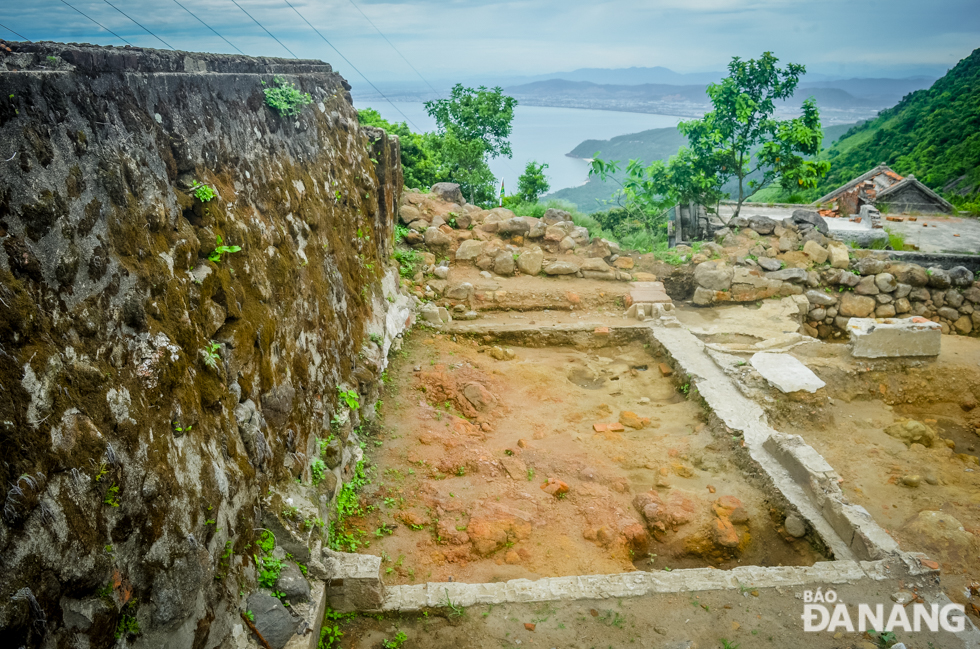 |
| In front of the Gate there is a large yard measuring 7.9m wide and 7.1m long, which is made from sand and pebble rocks. |
 |
| The archaeological results show that the wall system built under the Nguyen Dynasty is larger than the currently existing ones. The clear layout of the old foundations of citadel walls was unveiled during the excavation. The foundations are 2.2m in width, whilst the walls are 2.3m - 2.4m in height. |
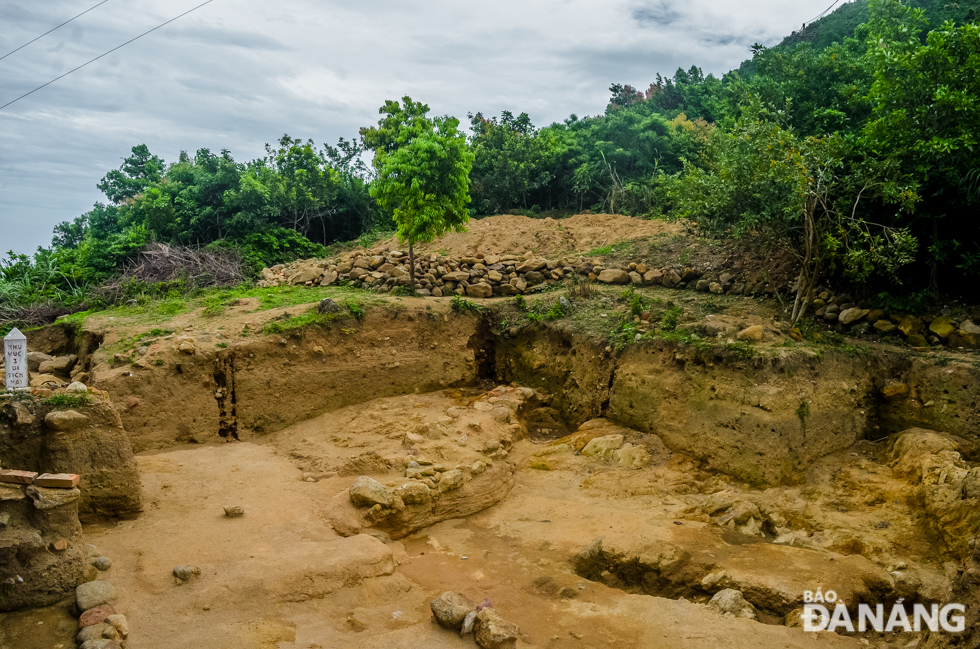 |
| A section of the 2.6m -2.8m wide north-south route dating back to 1470, connecting the Imperial City of Hue, the ancient capital of Viet Nam, with the Hai Van Gate, was discovered during the excavation. |
 |
| A total of 10 stair steps, totalling 7.4m in length and 5.5m in width, to the southwest of the Hai Van Gate, were found at the site. |
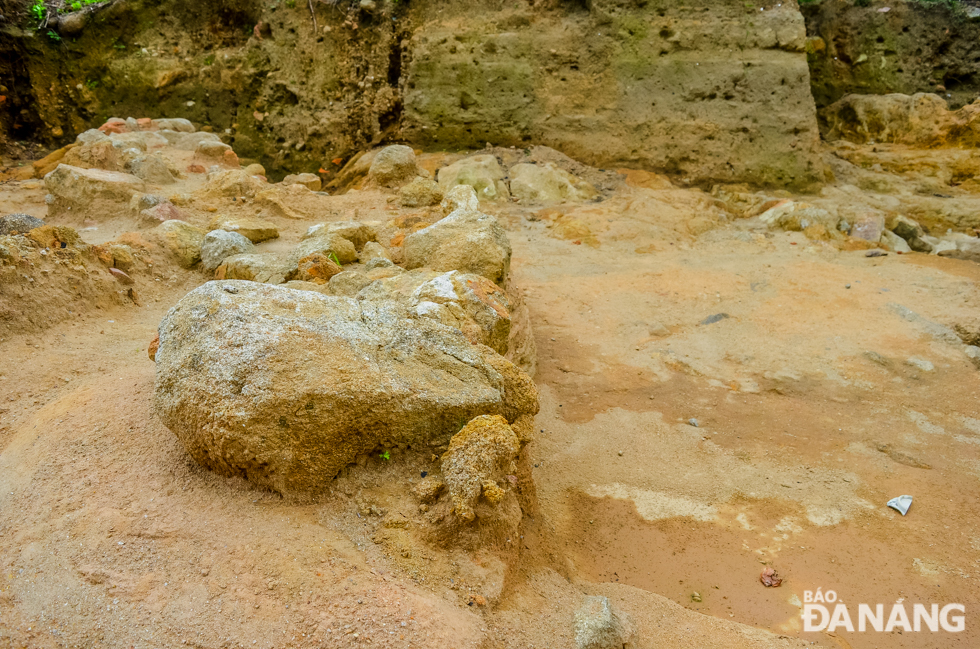 |
| Remains of a guarding tower made from stones were discovered. |
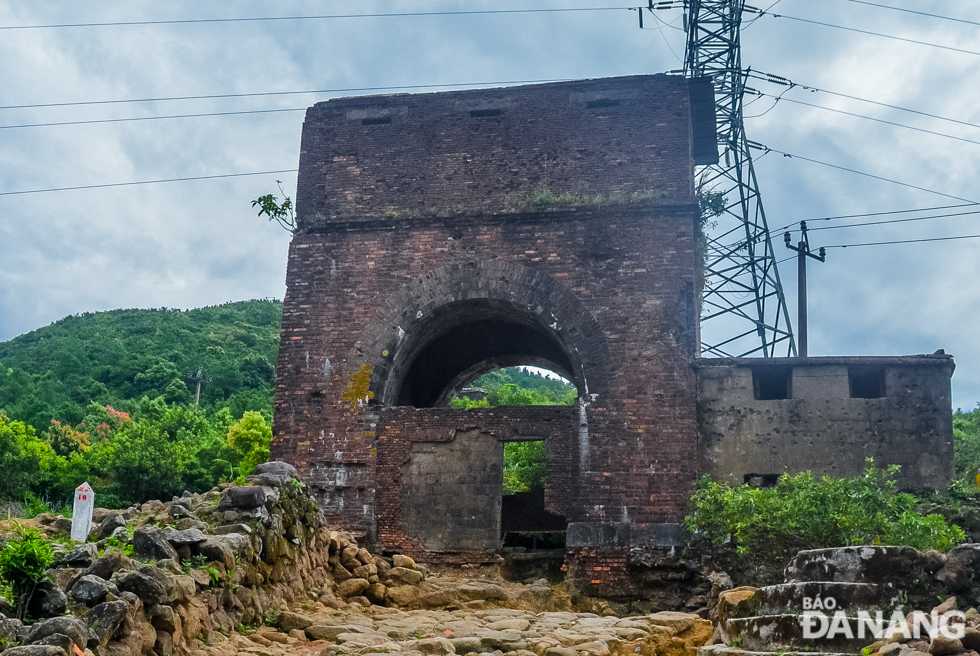 |
| During the excavation, many architectural works which were built during the 1946 -1975 period were found. During that period, the French and US soldiers constructed houses, blockhouses, bases, fortifications and gun pedestals when they stationed at the Gate. |
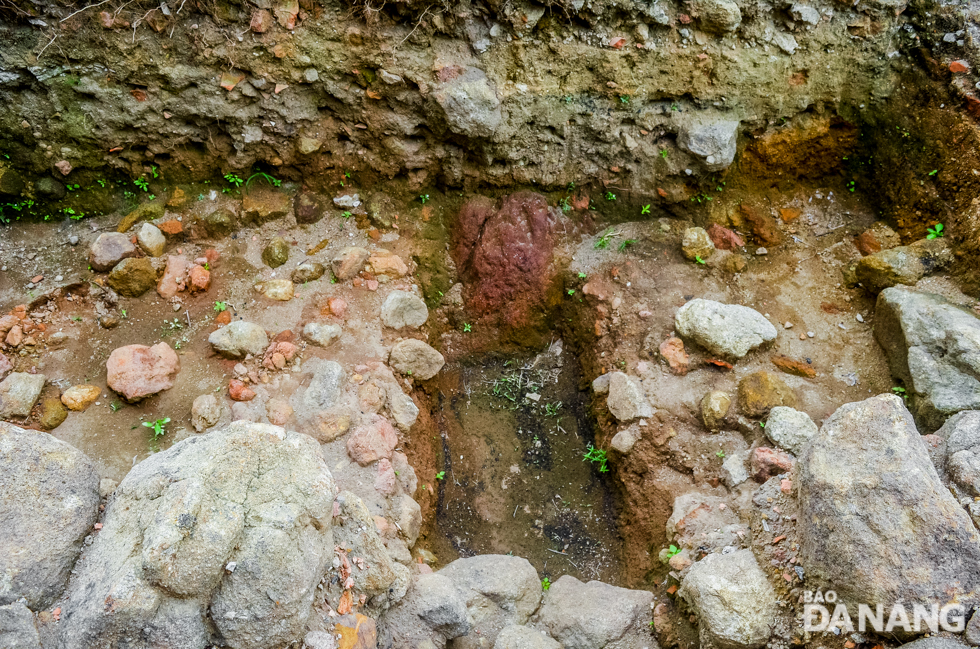 |
| However, the architectural style of these construction items were completely changed compared with their initial designs. |
 |
| The archaeological findings not only clarify the stages of formation and transformation of this relic site, but they also clearly show the specific scale, structure, location, size and functionality of each architectural work at the whole relic site. |
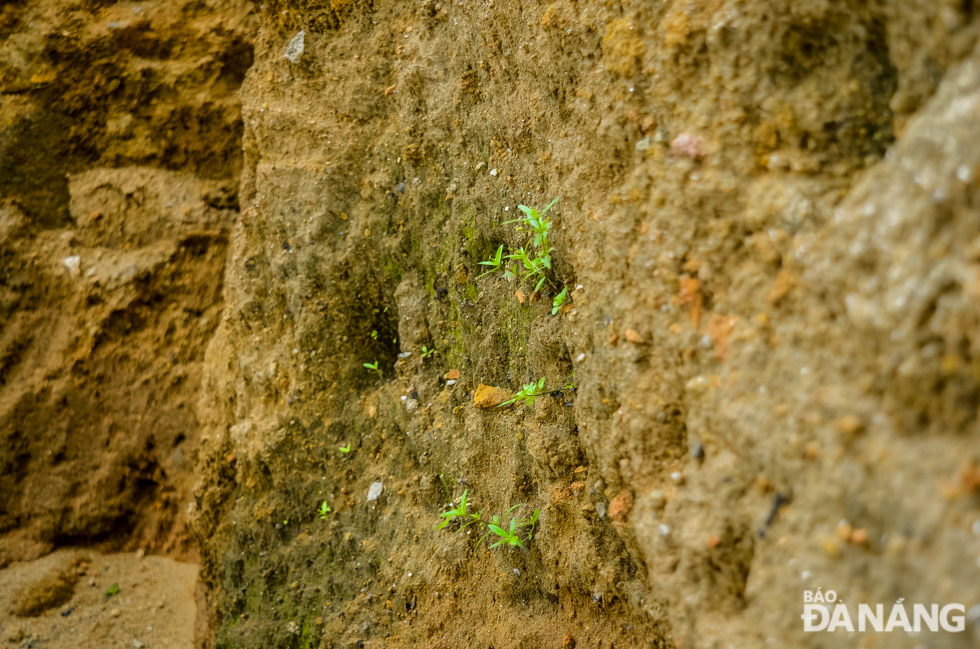 |
| In particular, brick gate and stones walls of the Hai Van Gate were demolished, whilst the gun pedestals were destroyed to build blockhouses, working place and houses. |
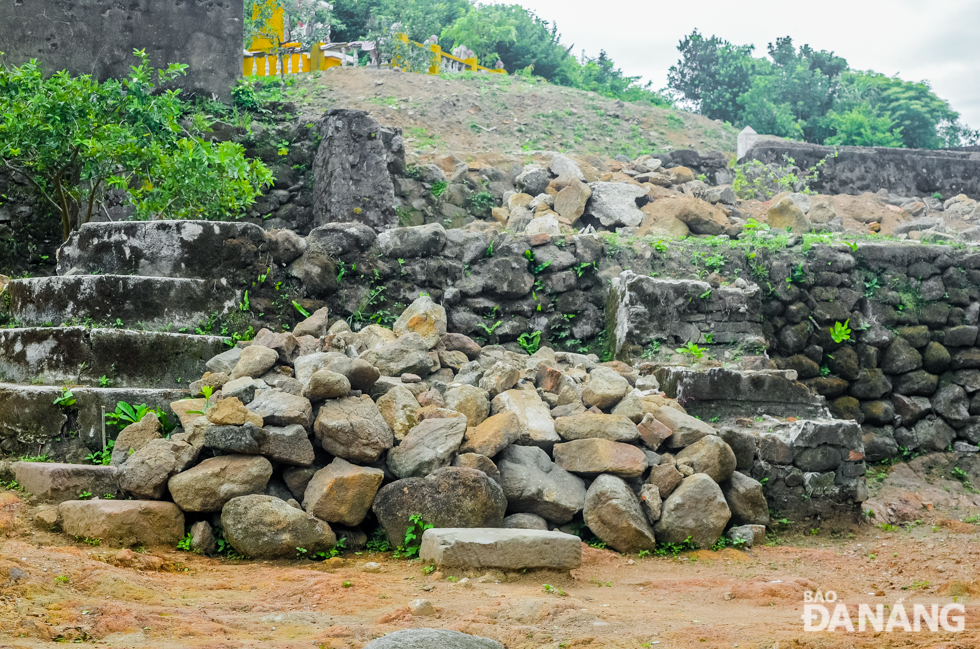 |
| The newly-discovered artifacts will play an important role in providing more scientific information for refurbishing, preserving and revealing the aesthetic and historic value of the monument. |
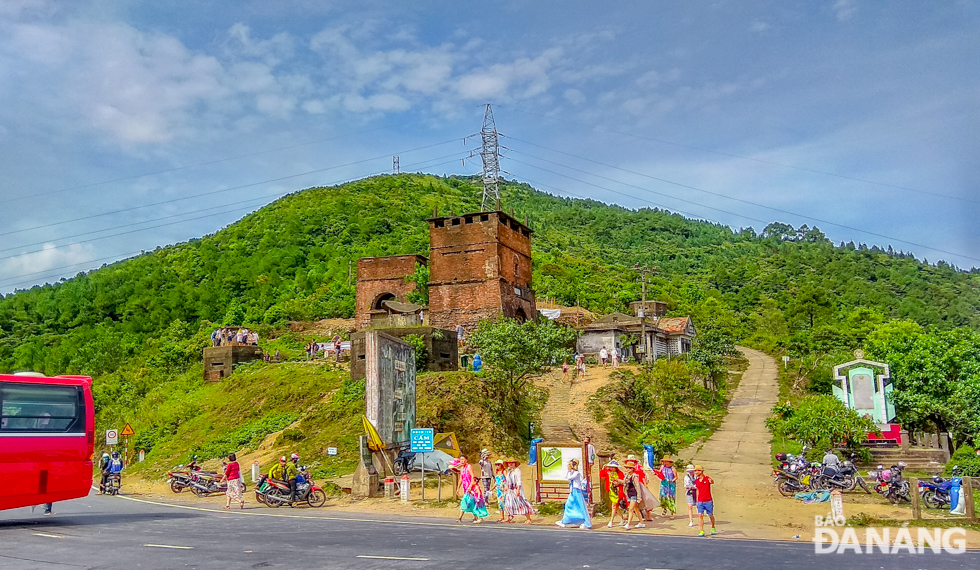 |
| The researchers suggested that the Hai Van relic site should be restored and refurbished as a special military fortress on the basic of the Nguyen Dynasty’s design. The focus should be on studying, preserving and embellishing the blockhouses and underground tunnels which are considered as valuable evidence of resistance wars. Also, special attention should be paid to renovating space surrounding the monument, improving landscapes and building infrastructure in a bid to attract more tourists from both home and abroad to visit the site. |
.
.















